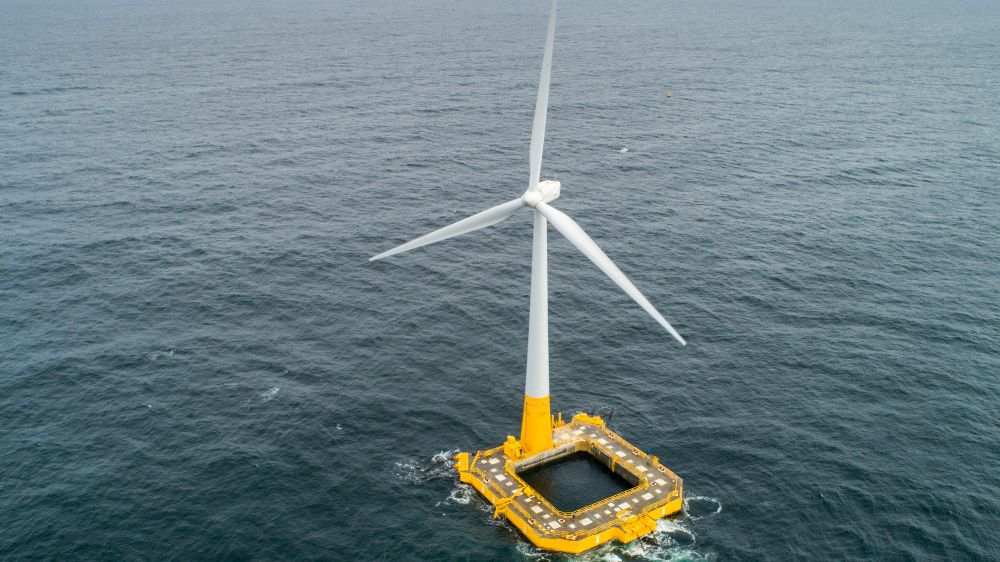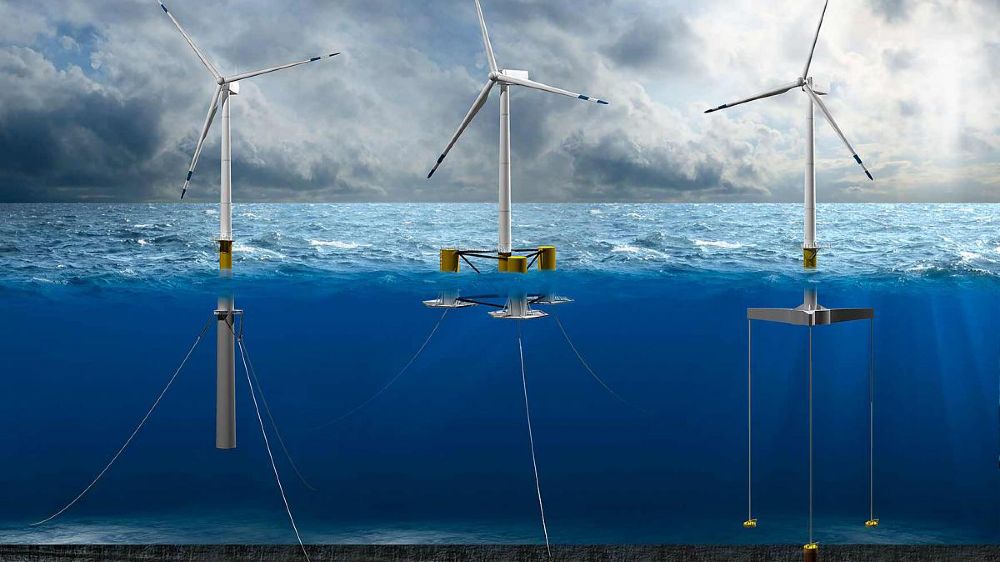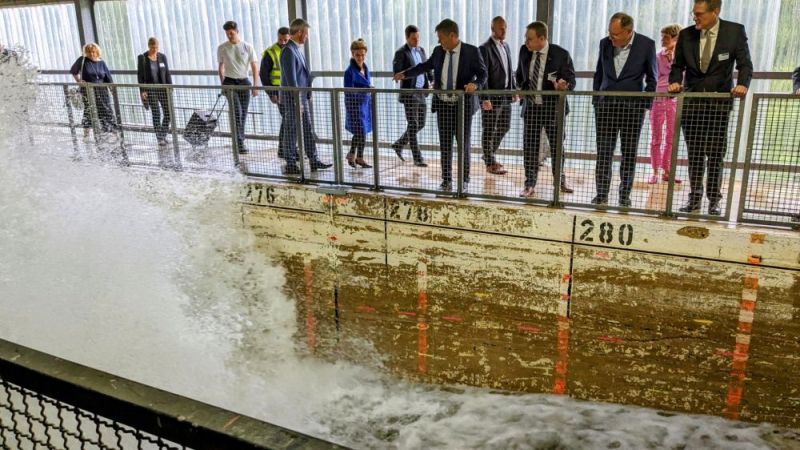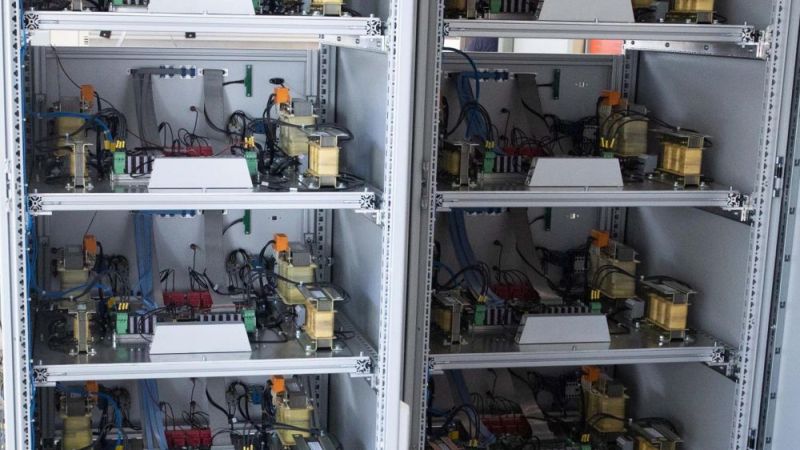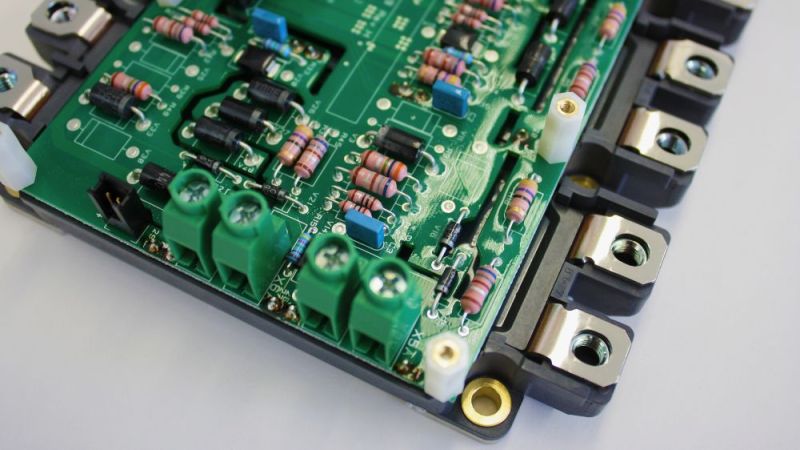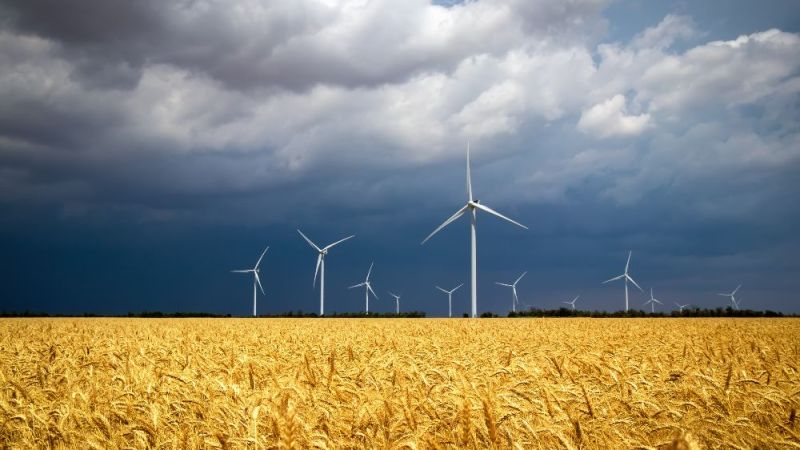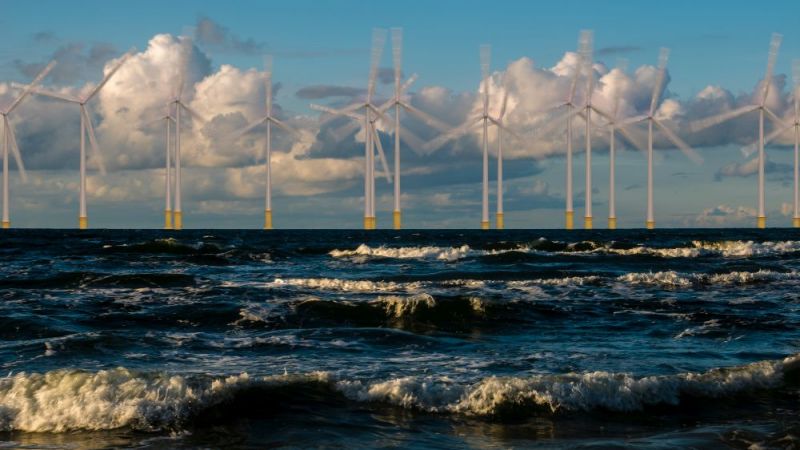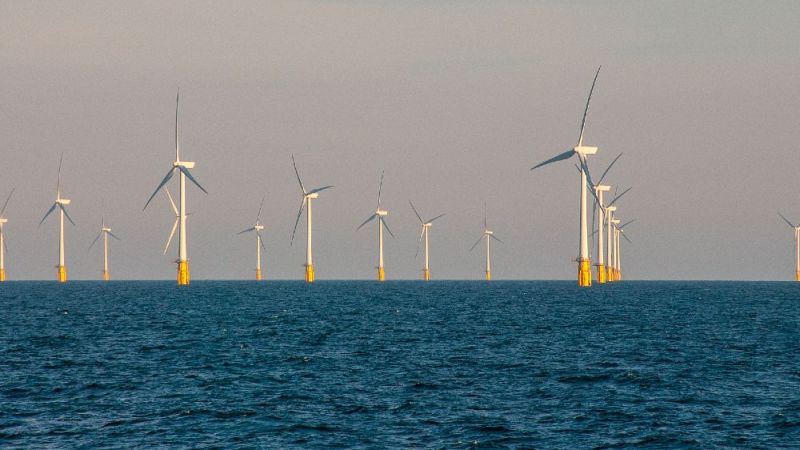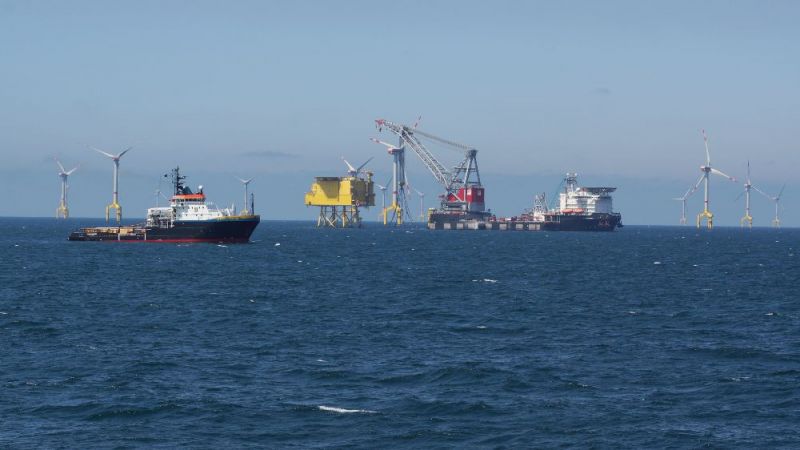Wind energy
Floating offshore wind turbine in a field test
For the first time, teams of scientists from France and Germany are analysing measurement data from a floating wind turbine in a joint research project. The turbines can be erected regardless of water depth and have the potential to significantly expand the usable and needed wind resources.
80 per cent of the world's wind resources are above waters deeper than 60 metres. These regions can be developed with floating wind farms. However, there is currently a lack of simulation models that depict all relevant aspects such as wave effects, vibrations and rotor movements. This is where the VAMOS project comes in, short for "Validation, Measurement and Optimisation of Floating Wind Energy Systems". The findings will be used to develop new turbine controllers that improve dynamic behaviour and reduce loads. This will make turbine designs lighter and more cost-effective in the long term. If the controllers already know the incoming wind, they can be designed to react in advance to the changing conditions. Power and load fluctuations can thus be effectively compensated.
Floating Wind - a new option for wind energy
Currently, there are only a few floating wind turbines. These have floating foundations based on experience from the oil and gas sector. In the VAMOS research project, the FLOATGEN prototype by BW Ideol serves as a demonstration object. Its floating foundation is similar to a so-called "barge", which already lies stably in the water without a mooring system.
Floating wind turbines are currently much more expensive than offshore turbines with fixed foundations, but the technology is developing rapidly. Their advantages become apparent as the size of the turbine increases. Simply put: The loads do not have to be completely discharged into the seabed. The platform is stabilised by a combination of hydrostatic forces, ballast and mooring systems. This makes floating foundations more and more economical compared to fixed foundations as the size of the plant and the water depth increase. In addition, the time-consuming installation work at sea is no longer necessary.
Prototype FLOATGEN collects measurement data from wind and waves
Since September 2018, the prototype has been operating with a two-megawatt Vestas turbine. It is here - at France's first floating offshore wind turbine connected to the grid in Europe - that the scientists conduct their research. Two LiDAR (Light Detection And Ranging) systems will be installed on the fully functional model platform for a six-month measurement campaign. This is a method related to radar for measuring distances and speeds. However, the system uses laser beams to determine the wind speeds on the upstream and downstream sides of the turbines. This will allow the researchers to study the effects of a floating platform on both the power curve and the wake of the turbine. The data serves as the basis for developing a predictive control system for floating turbines.
Problems and flaws in the control technology have a negative effect on the system behaviour. The VAMOS project team therefore wants to use the comprehensive measurement technology to test and further develop proven and new simulation models. The team has presently already installed one LiDAR system, the second device from the French partners will follow soon. The researchers are currently compiling measurement data from wind and waves to build up an initial data framework. (mm)


